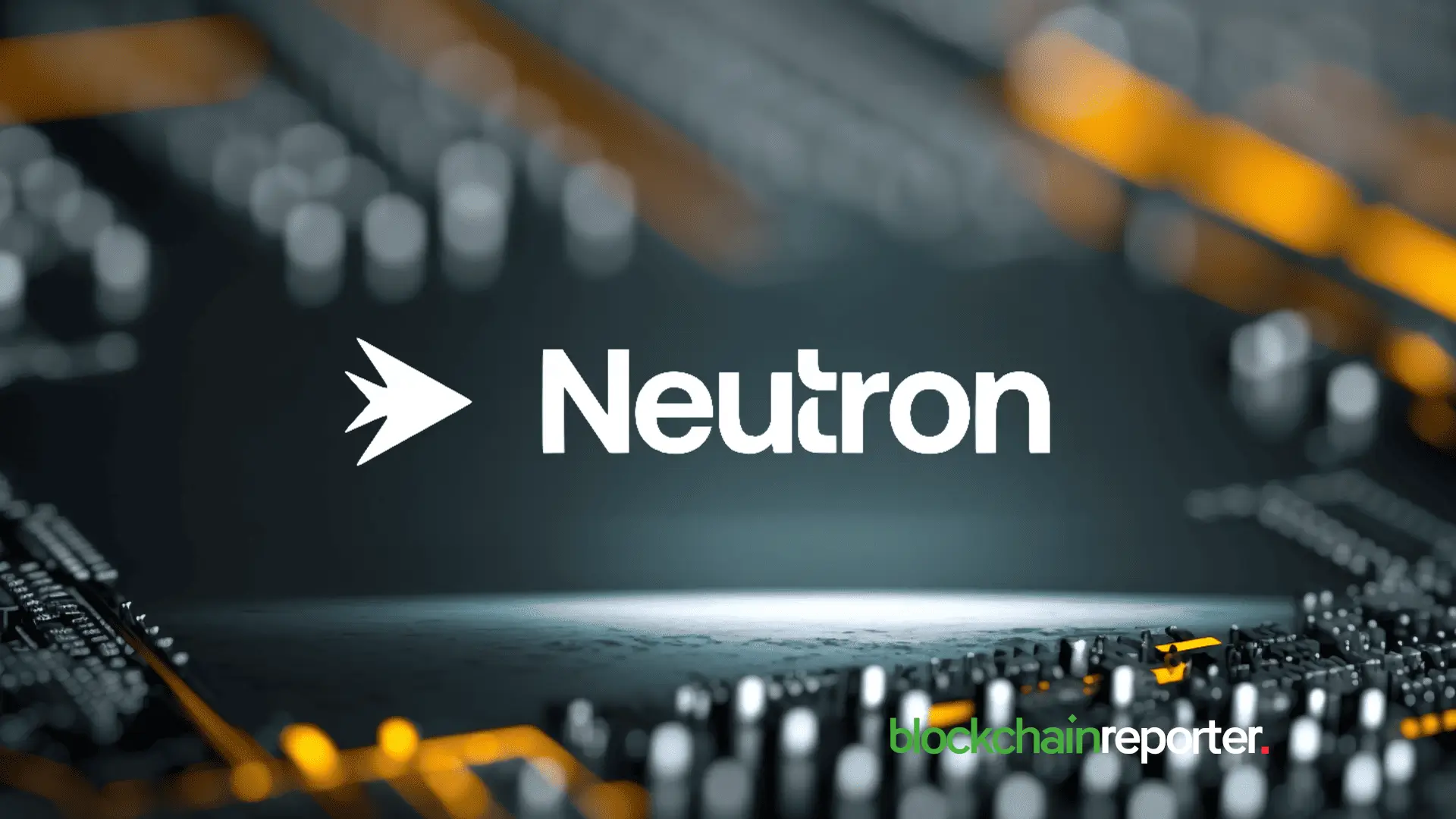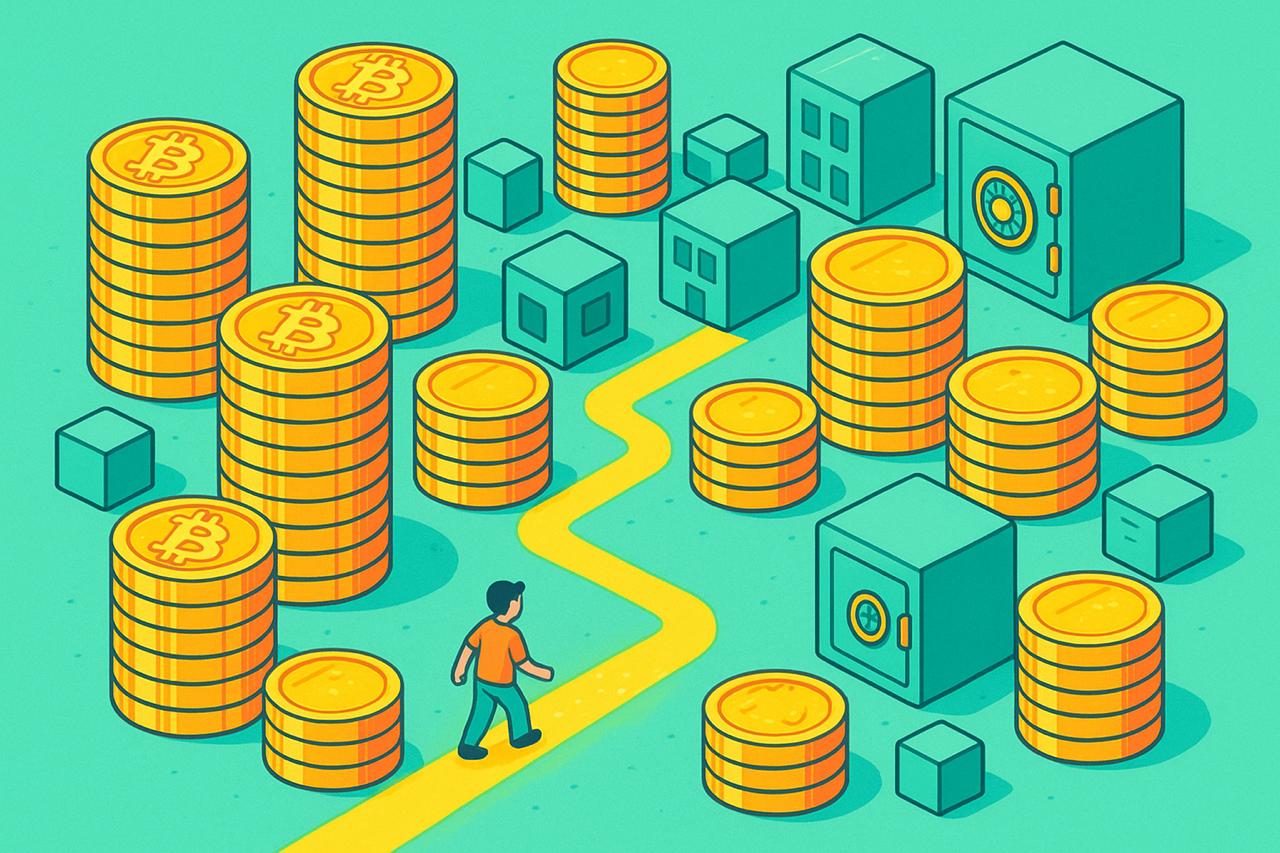Hadron Labs Launches Bitcoin Summer on Neutron, Offering 5–10% BTC Yield

Hadron Labs, the core team behind the Neutron blockchain, today launched Bitcoin Summer, a BTC-focused yield campaign that brings established DeFi yield strategies, including leveraged looping, to Bitcoin holders at scale.
Starting now, BTC holders can deposit WBTC, eBTC, solvBTC, uniBTC and USDC into a selection of Bitcoin Summer vaults tailored by yield, risk and asset preference. Those vaults feed lending markets and DEX liquidity that, in turn, enable leveraged BTC looping, a mainstay strategy in DeFi that until now has been largely inaccessible to BTC holders en masse.
At the heart of the campaign is maxBTC, an asset that tokenizes real BTC yield generated from both on- and off-chain strategies. Depositors into maxBTC can expect a base yield in the range of roughly 5–10% in BTC, and those who choose to take on leverage may loop their position up to 10x via borrowing.
As looping activity grows, vault depositors stand to capture additional upside from swap fees and lending income paid by loopers, creating a feedback loop of higher yields for liquidity providers.
“Lombard has consistently enabled people to connect their Bitcoin to DeFi, proven by an 82% LBTC utilization rate. We’re excited to bring LBTC to the Neutron DeFi ecosystem and leverage its unique DeFi components to unlock real yield for LBTC holders,” said Jacob Phillips, Co-founder of Lombard Finance.
Powered by Neutron
Neutron’s selling point is its bespoke infrastructure designed specifically to reduce risks that have dogged on-chain BTC liquidity provision. Bitcoin Summer vaults run on Neutron’s stack, which includes:
- A high-frequency oracle that pulls the freshest prices so Supervaults can provide liquidity at the best available rates.
- A cron module that guarantees top-of-block execution, preventing rebalancing transactions from being frontran and protecting LPs from adverse outcomes.
- A native, fully on-chain orderbook to support efficient and transparent trading.
According to the campaign materials, these elements together mitigate adverse selection risk for BTC liquidity providers and deliver a more sustainable, “real yield” model for LPs compared with many existing on-chain options.
Neutron is a public proof-of-stake blockchain built to let BTC holders earn a sustainable yield through an expanding set of products and services. As demand for BTC yield on the network rises, the ecosystem design routes value back to NTRN stakers via transaction fees and through mechanisms that reduce circulating NTRN supply.
Hadron Labs, founded in 2022, is the core development team powering Neutron and related projects like Drop, Duality and Bull vs. Bear. The team bills itself as crypto-native, with members who have worked at Lido, P2P, Consensys, Uniswap, Balancer, Trader Joe and Delv.
Bitcoin Summer marks a noteworthy push to bridge Bitcoin liquidity into DeFi’s yield machinery. For BTC holders who have watched such strategies flourish on Ethereum and other chains, Neutron’s campaign offers a first-class entry point to on-chain BTC yield with a toolkit designed to reduce some of the traditional frictions and risks.
También te puede interesar

The $100 XRP Dream: Analyst Explains Why It’s A Fantasy

MetaMask to Launch Its Token Sooner Than Expected, Says ConsenSys CEO
